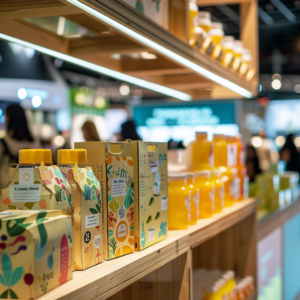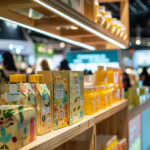Pallets are a key component in modern packaging systems and logistical processes. Because of this, they need to be stacked in the most uniform way possible. If done correctly, the products will be easier to stretch wrap together.
Before choosing a stretch film wrap, the type of load needs to be closely examined. This to determine what film will be best considering the characteristics of the pallet loads that will be wrapped.
Below are the three different stretch film types loads, and makes each of them unique.
Type A Loads – They are uniform in shape, and the load size closely matches the pallet size. This makes them the easiest loads to wrap, as there are only a few puncture points.
This type of load is often seen at manufacturing locations where the same product is prepared for shipment load-after-load.
Type B Loads – Usually less uniform than type “A” loads. Their stacking pattern may be irregular and/or the load size may not match the pallet size. Several film puncture points exist, which requires a more delicate film. For this reason, the film to be used needs to be selected carefully.
Choosing the correct film type is critical, especially at high levels of film stretch and /or high film application tension. Type “B” loads appear at smaller manufacturing locations and distribution warehouse locations. Each pallet contains two or three products destined for a single destination.
Type C Loads – Type “C” loads are assembled at the distribution centers that supply retail store locations (i.e. grocery, drug, pet supply, automotive).
These types of loads are used when the products have entirely different sizes and ranges. Sharp points seem to be everywhere and there is a major difference between the load and the pallet size. Because of this, film selection is critical.
Please contact a Korpack representative to ensure that you are utilzing the correct pallet load type and stretch film for each load. Click below for more details.








